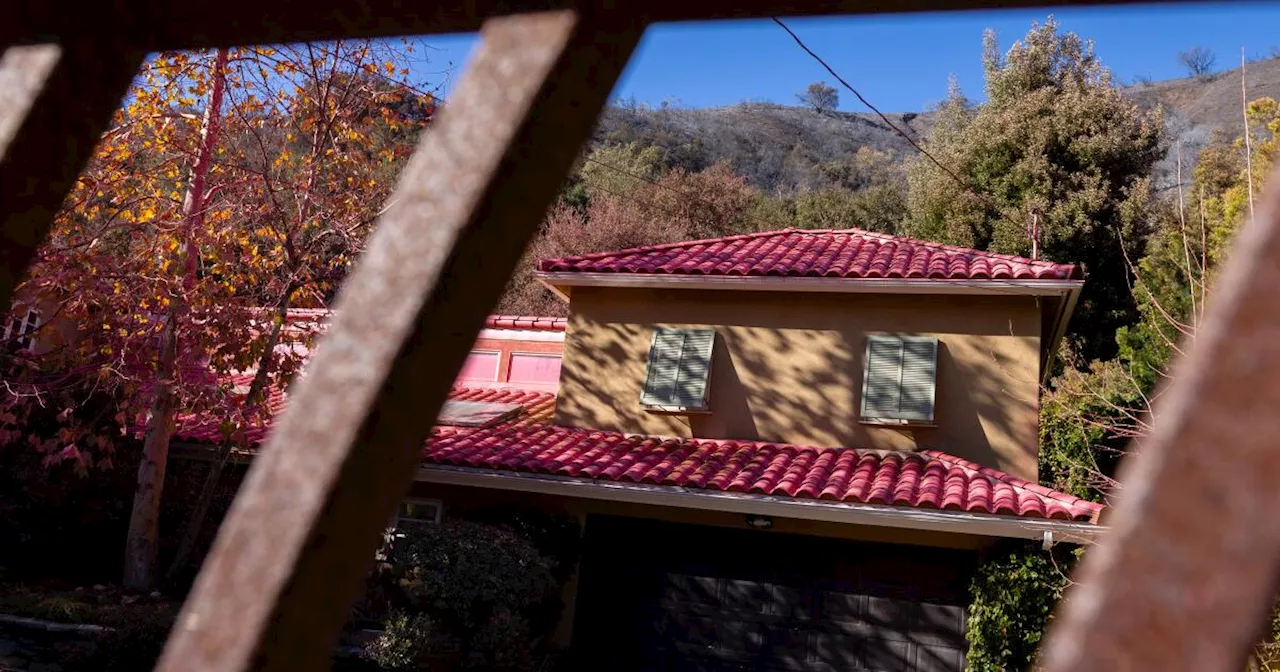This article provides expert advice on how to remove smoke odor from your home after wildfires. It covers everything from assessing damage to using cleaning techniques and air purifiers.
If you were lucky enough to get through the Los Angeles wildfires with your home still intact, you might be facing another problem: the smell. As anyone who ever tried concealing the clingy smell of cigarettes from their parents may remember, the acrid odor of smoke is hard to hide and harder to remove.
This year's wildfires in Los Angeles have burned through thousands of buildings, releasing a wide array of pollutants, including toxic particulate matter that can lodge deep in your lungs and enter your bloodstream, causing respiratory issues, cancer and other health problems. The smoke contains harmful particles from the homes, cars, furniture, paints and belongings that burned. While sometimes it's easy to see a pile of toxic ash on your window, often windblown ash particles are too small to see with the naked eye. 'A lot of these buildings have asbestos and lead,' said Scott Huml, who runs Tactical Mitigation Services, a Westlake Village-based business that cleans up homes after disasters. 'The volatile organic compounds inside this ash are hazardous.'Volatile organic compounds, or VOCs, are a big contributor to the lingering smell that persists long after the fire has died down. According to the Cooperative Institute for Research in Environmental Sciences, VOCs can deposit on walls and ceilings where they may continue off-gassing for weeks or months. Once you've been told it's okay to return to your home, start by assessing your surroundings. Take pictures of any ash, soot or visible damage. Look for any open windows, and check the attic for ash and soot that could become trapped in the insulation or work its way into the heating and cooling systems. 'My philosophy is, if you see anything at a high level, physical evidence, then I would also assume invisible toxins and dangers there as well,' said Dr. Noah Greenspan, a cardiovascular and pulmonary clinical specialist and director at the New York City-based Pulmonary Wellness & Rehabilitation Complex. 'But if you come home and there is no smell, you can't assume there's nothing there, because a lot of the toxins we're talking about are odorless and colorless.' Protect yourself from what you can't see by making sure you have a working carbon monoxide detector and be sure to change or clean the filters in your heating and cooling system. If you can afford it, you might rent an air scrubber for a day of high-powered air cleaning. For a longer-term fix, you can buy a high efficiency particulate air, or HEPA , filter air purifier, which removes minuscule particles just 0.3 microns in size. If you can’t afford a high-quality purifier, the EPA has instructions for making a DIY version using a box fan and a MERV 13 air filter. When the outdoor air is clean enough — which, right now, it might not be — you can open the windows and point fans outward. It may be tempting to start with a wet mop — but several cleaning and damage repair experts cautioned against that. 'One of the biggest mistakes you can make is using a wet cleaning product on a flat painted surface — that will end up shoving the soot into the paint,' said Robert Bowles, director of service line development for Servpro. 'What we do in the industry is use specialized rubber sponges. They’re designed to pick up and capture soot in a specific way that doesn’t damage surfaces. There’s no water involved.' Karie Miller, who runs Green For You Cleaning, an eco-friendly cleaning service based in the South Bay, concurred: 'If you start with water, you’ll just make mud.' Instead, she suggested using dry microfiber to wipe down every wall and dust every crevice. Find a duster extender or ladder to make sure you can reach the ceiling and the tops of cabinets and refrigerators. 'You’re going to have to put on your gloves and lift things up and clean,' she said. After a first pass without water, Miller suggested going back with a damp towel and mild detergent. When you get to vacuuming, she said to make sure you use a vacuum with a HEPA filter —and don’t forget to vacuum the furniture, too. Turn to wet mopping only after you’ve vacuumed. If the smell still lingers after your deep cleaning, Miller suggested putting out bowls of baking soda or sachets of charcoal to absorb the odor. For cushions and furniture, she said, you might consider sprinkling baking soda on the fabric. Leave it to sit and then vacuum up the powder to avoid leaving a mess. Similarly, Huml suggested purchasing odor blocks, such as Sentinel’s Formula 522, to absorb smells. Cleaning experts warned to avoid using candles or air fresheners that mask odors instead of eliminating the root cause. Don’t forget to clean your blankets and curtains, which may need to be professionally cleaned depending on the fabric and the intensity of the odor. For materials that can go in the washer, Miller said adding white vinegar can help get rid of bad smells
Wildfires Smoke Odor Cleaning Home Damage Air Purifiers Health Risks
United States Latest News, United States Headlines
Similar News:You can also read news stories similar to this one that we have collected from other news sources.
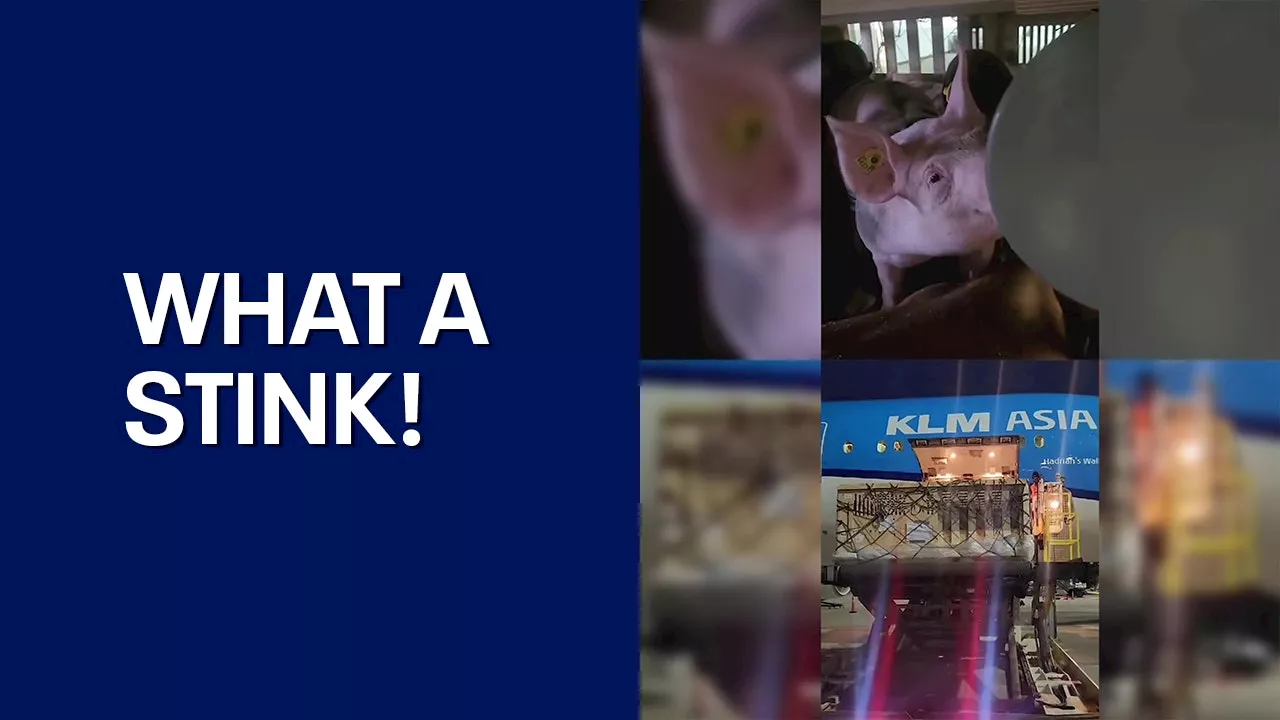 'When pigs fly': Odor prompts airliner to make unscheduled stop in BermudaAirport officials in Bermuda say a plane had to make an unscheduled stop in the island country, thanks to a number of 'guests' that were in the plane's cargo hold.
'When pigs fly': Odor prompts airliner to make unscheduled stop in BermudaAirport officials in Bermuda say a plane had to make an unscheduled stop in the island country, thanks to a number of 'guests' that were in the plane's cargo hold.
Read more »
 American Airlines settles racial discrimination suit over body odorAmerican Airlines has settled a lawsuit brought by three Black men who were kicked off a plan in early 2024 for 'body odor' issues, even though the three men...
American Airlines settles racial discrimination suit over body odorAmerican Airlines has settled a lawsuit brought by three Black men who were kicked off a plan in early 2024 for 'body odor' issues, even though the three men...
Read more »
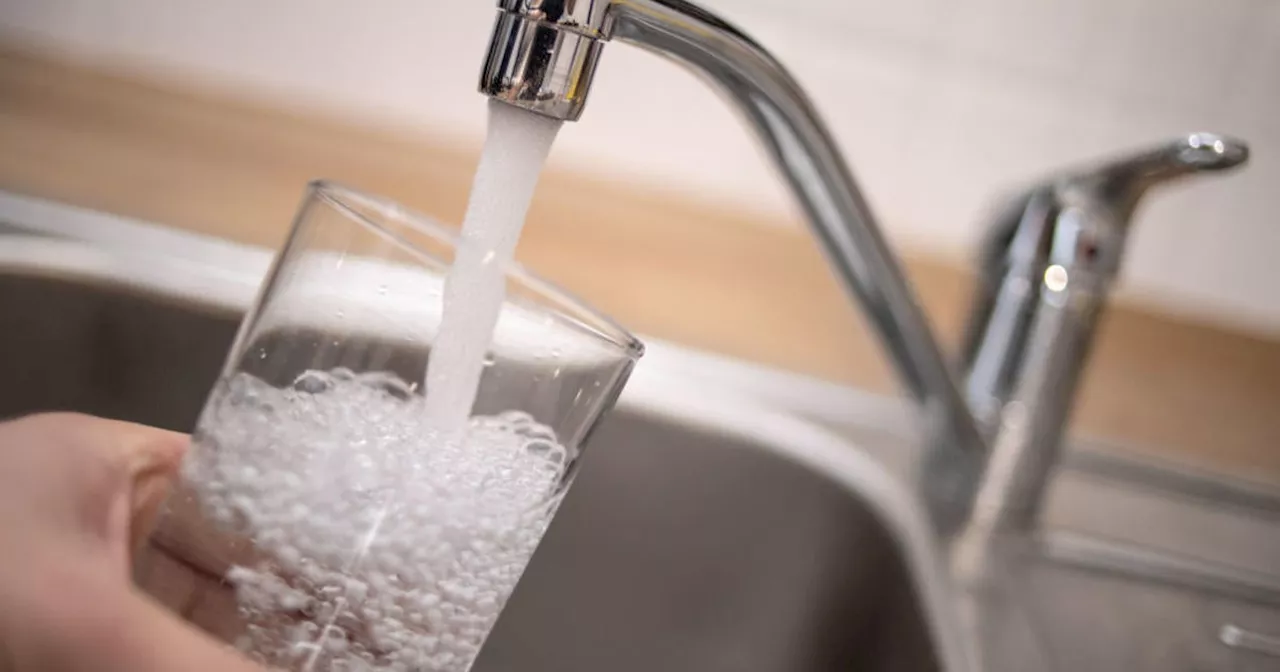 Brown Water, Unusual Taste and Odor Impact New Jersey CustomersThousands of American Water customers in New Jersey are experiencing discolored water with an unusual taste and odor. The issue began late Wednesday night and affects dozens of towns across Union, Middlesex, and Somerset counties. American Water assures the public that their tested samples meet state and federal drinking water standards, but are working with the NJ Department of Environmental Protection to investigate further. Residents are advised to run cold taps at the lowest level for three to five minutes until the water clears.
Brown Water, Unusual Taste and Odor Impact New Jersey CustomersThousands of American Water customers in New Jersey are experiencing discolored water with an unusual taste and odor. The issue began late Wednesday night and affects dozens of towns across Union, Middlesex, and Somerset counties. American Water assures the public that their tested samples meet state and federal drinking water standards, but are working with the NJ Department of Environmental Protection to investigate further. Residents are advised to run cold taps at the lowest level for three to five minutes until the water clears.
Read more »
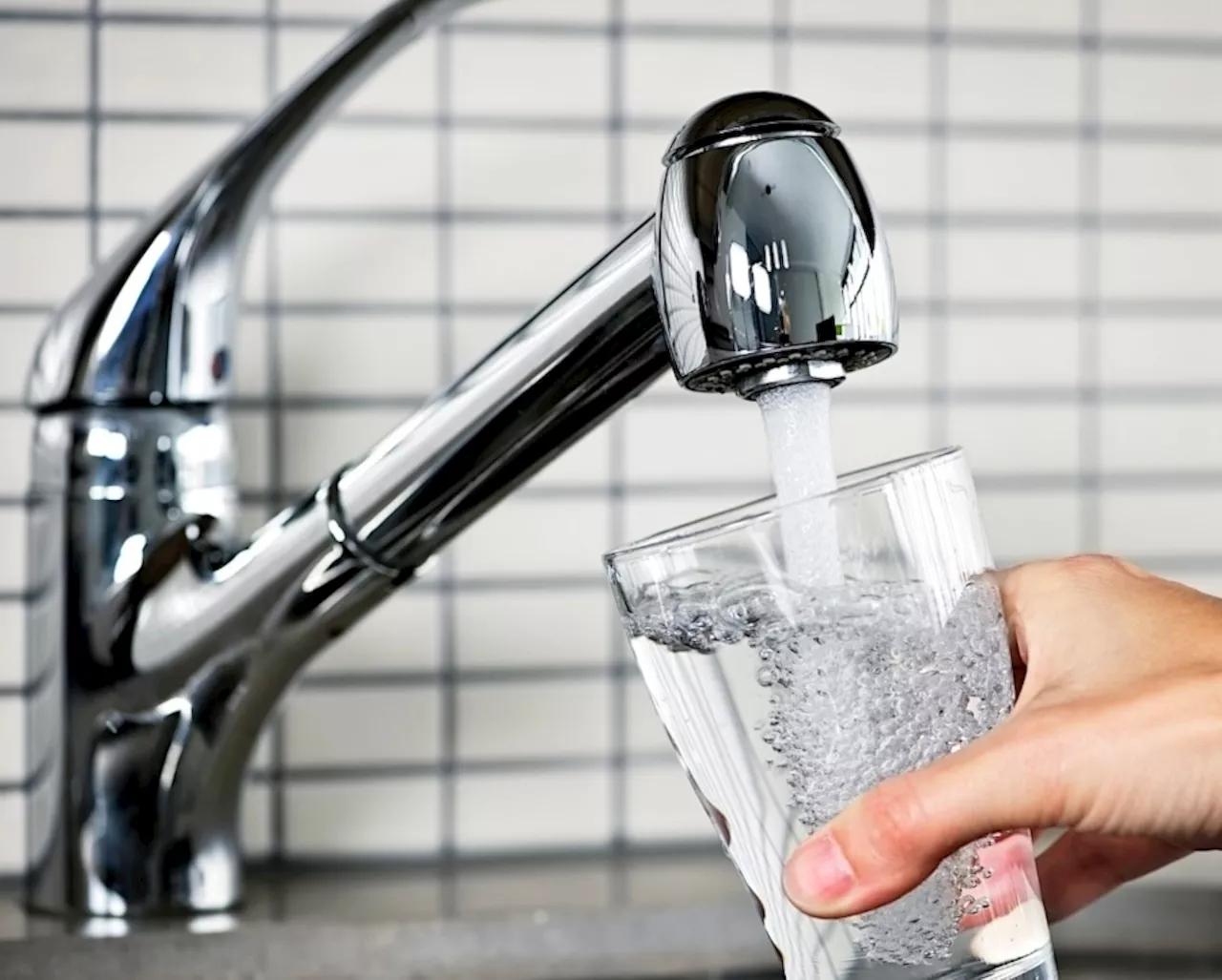 Water Taste and Odor Issue in New Jersey Traced to LeakA leak at a repackaging facility in Branchburg, New Jersey, has led to a taste and odor issue in the Raritan water system.
Water Taste and Odor Issue in New Jersey Traced to LeakA leak at a repackaging facility in Branchburg, New Jersey, has led to a taste and odor issue in the Raritan water system.
Read more »
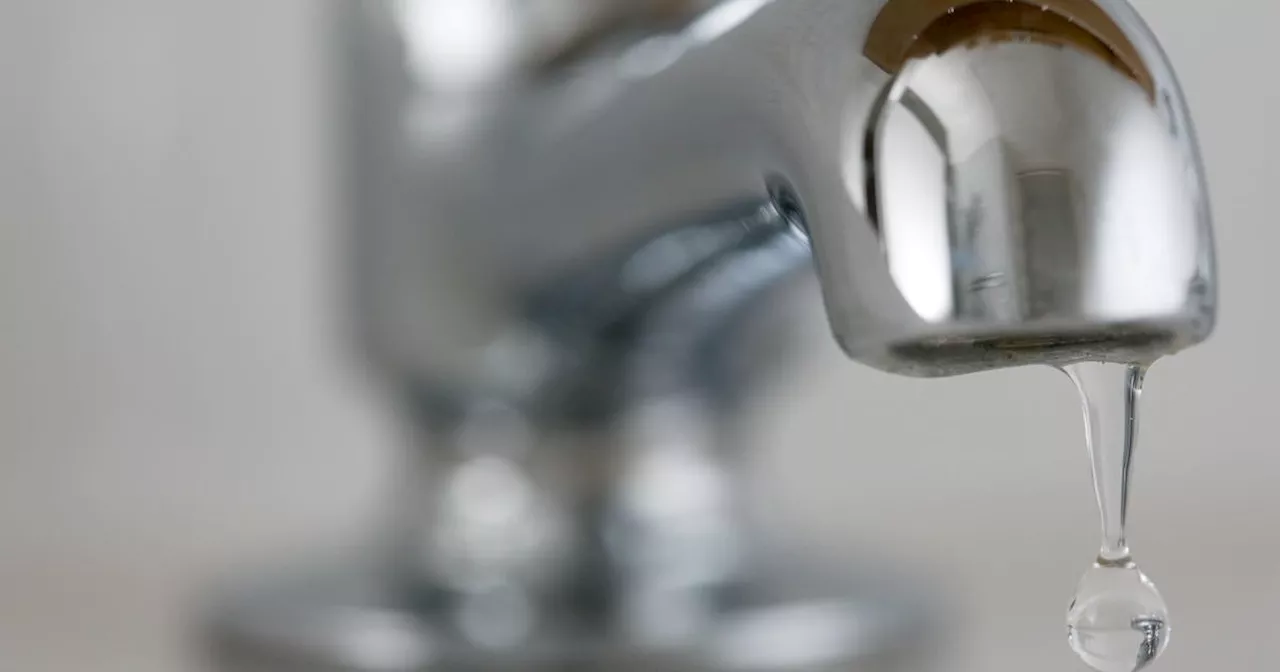 Odd Taste and Odor Force Residents to Drink Bottled Water in Central New JerseySome residents in Central New Jersey are experiencing an unusual taste and odor in their tap water, leading them to rely on bottled water. The issue originated from a leak at a repackaging facility in Branchburg, contaminating a tributary of the Raritan River. While officials confirm the water is safe to drink, some residents remain cautious.
Odd Taste and Odor Force Residents to Drink Bottled Water in Central New JerseySome residents in Central New Jersey are experiencing an unusual taste and odor in their tap water, leading them to rely on bottled water. The issue originated from a leak at a repackaging facility in Branchburg, contaminating a tributary of the Raritan River. While officials confirm the water is safe to drink, some residents remain cautious.
Read more »
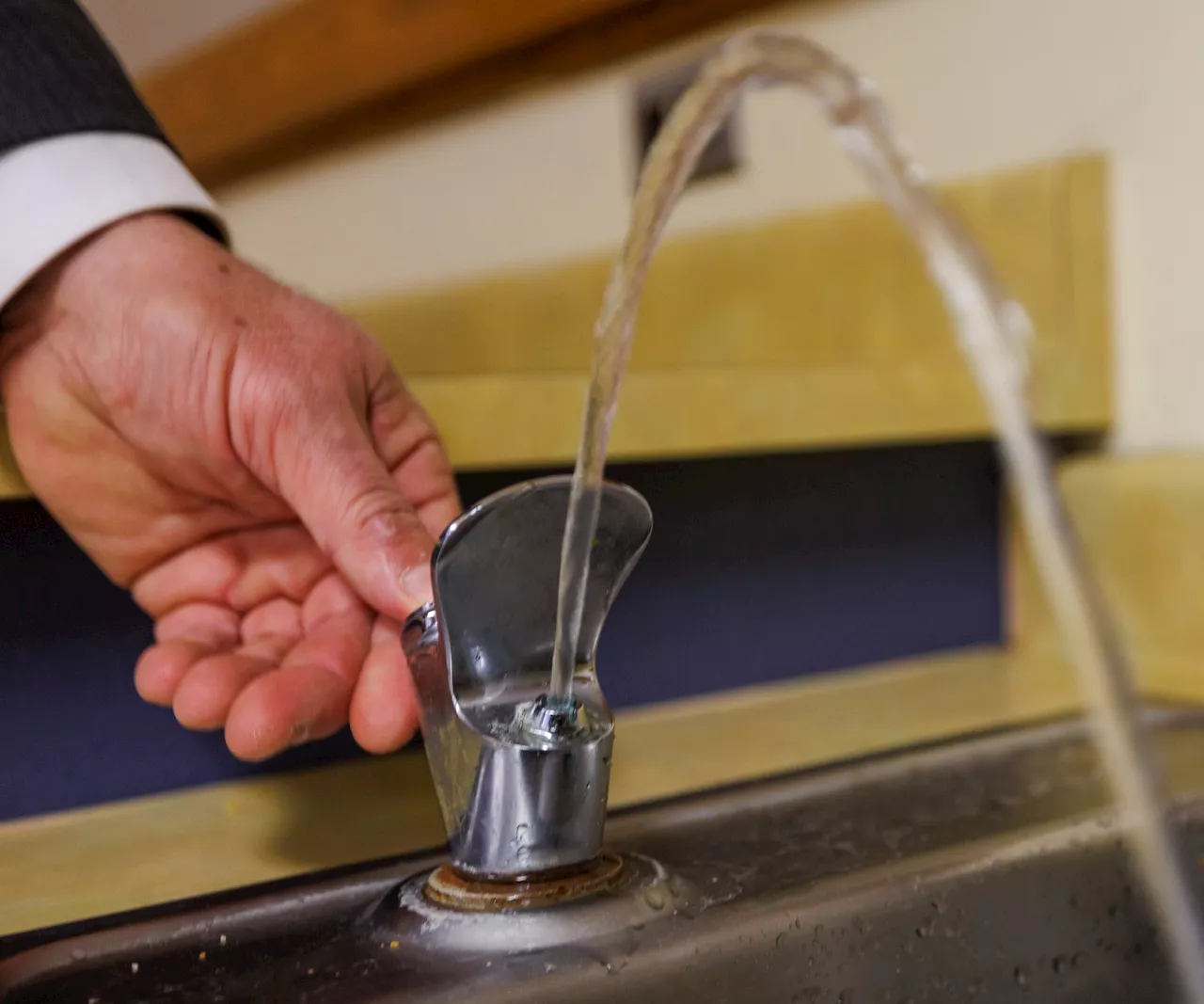 Chemical Spill in New Jersey Causes Foul Taste and Odor in Tap WaterAn aromatic chemical facility in Somerset County, New Jersey, was found responsible for an unpermitted discharge that caused a foul taste and odor in the tap water of dozens of towns. The New Jersey Department of Environmental Protection identified M&U International as the source and stated that the facility violated the Water Pollution Control Act.
Chemical Spill in New Jersey Causes Foul Taste and Odor in Tap WaterAn aromatic chemical facility in Somerset County, New Jersey, was found responsible for an unpermitted discharge that caused a foul taste and odor in the tap water of dozens of towns. The New Jersey Department of Environmental Protection identified M&U International as the source and stated that the facility violated the Water Pollution Control Act.
Read more »
